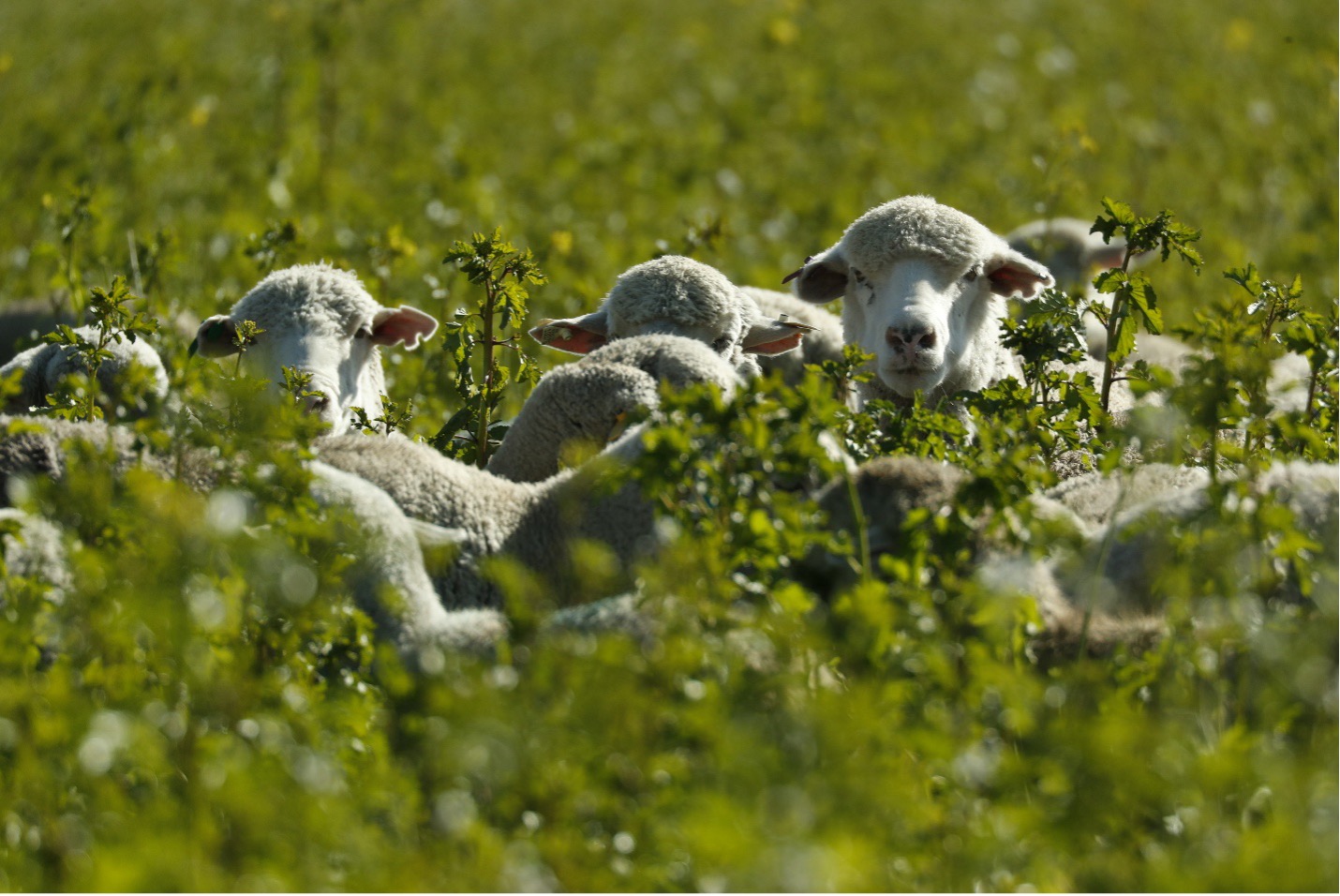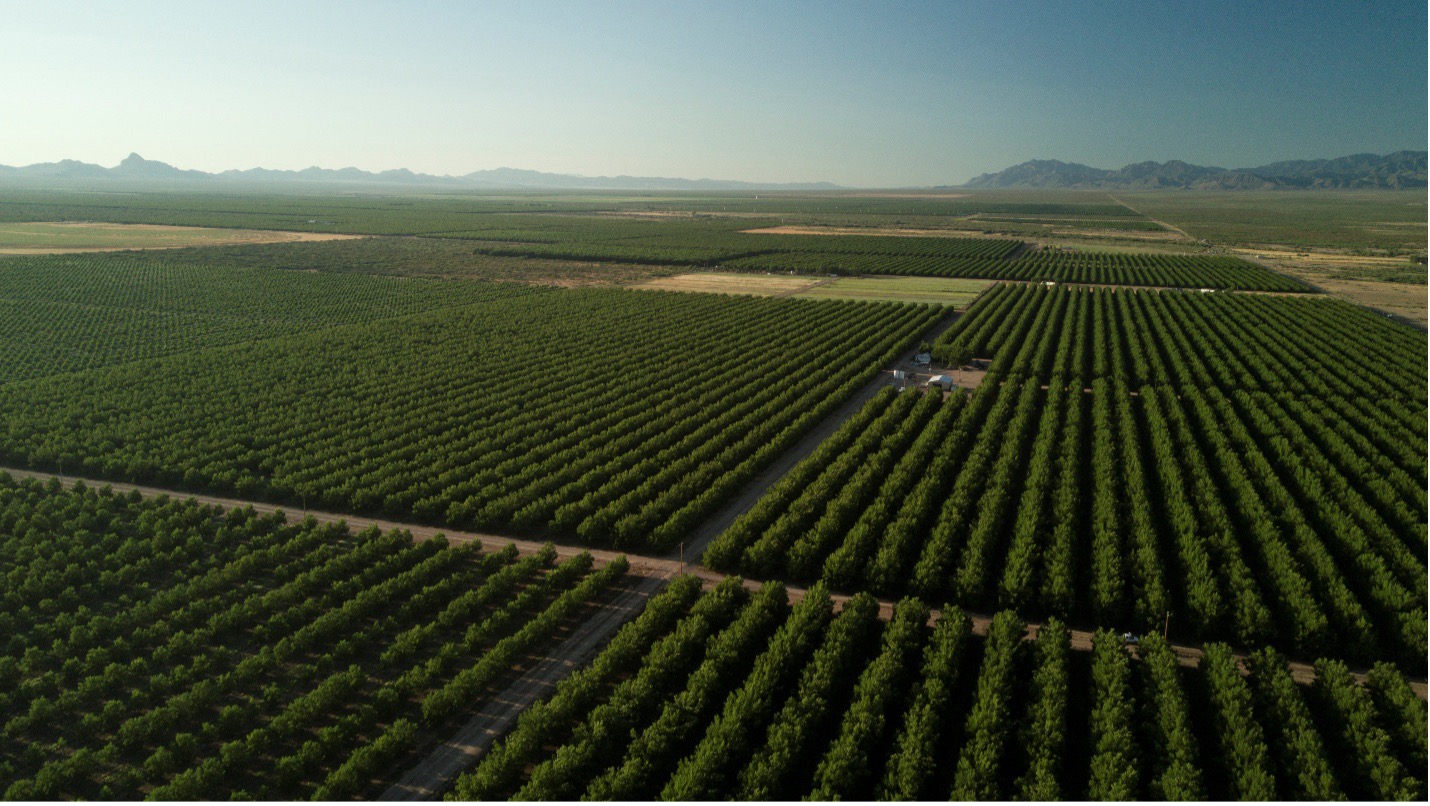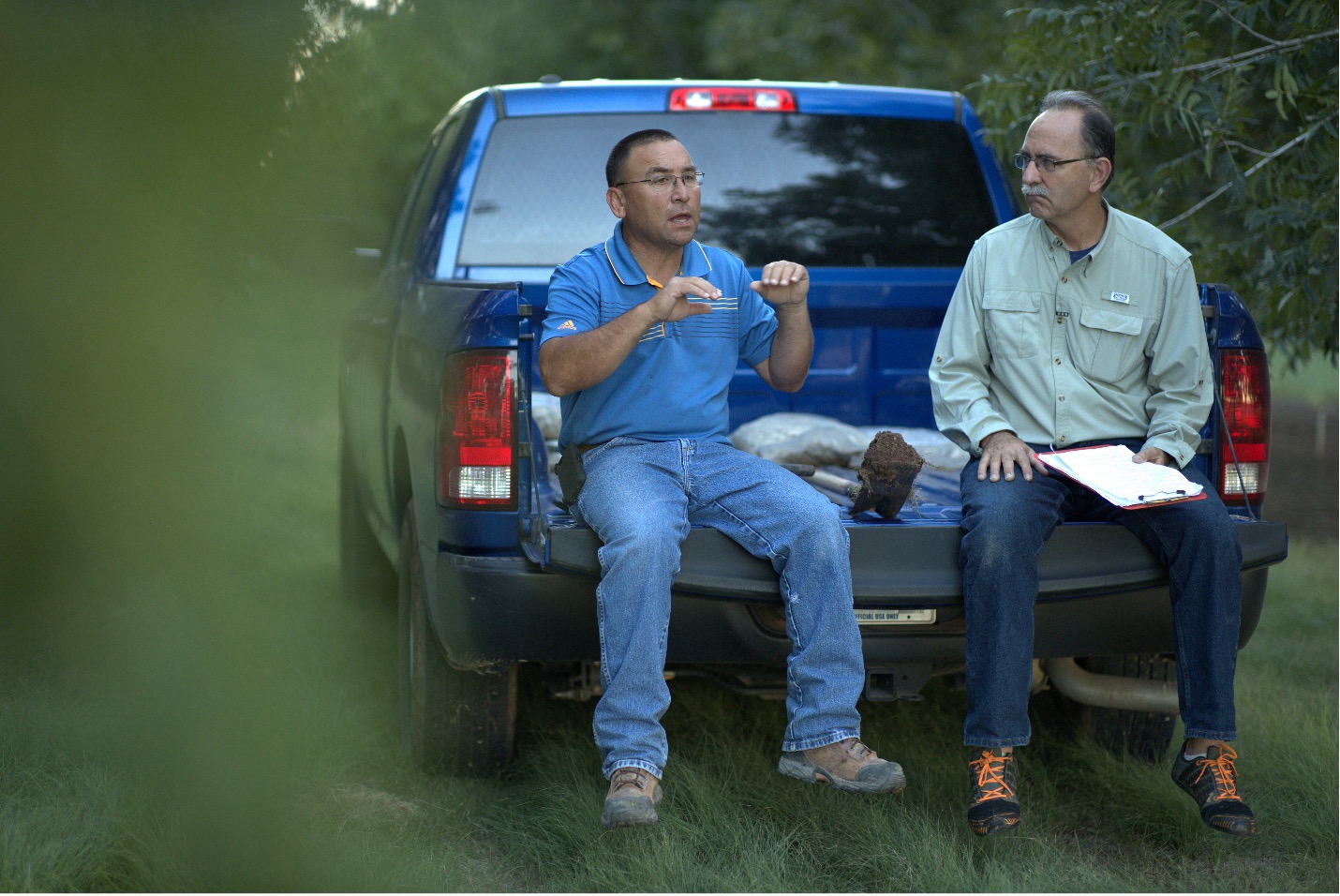Diversity is the Engine of Resilience: Brendon Rockey's Soil Health Strategy


When Brendon Rockey talks about diversity, he’s not just making a pitch for biodiversity, he’s laying out the foundation of an entire soil health management system. At Rockey Farms in Center, Colorado, Brendon has embraced plant and livestock diversity at every level of his operation. And the result? A resilient, profitable, and ecologically rich farm system that works without synthetic fertilizers or pesticides.
As he puts it, “It’s essential for the way I’m farming… If I were growing monocultures, purely monocultures, I wouldn’t be able to do it.”
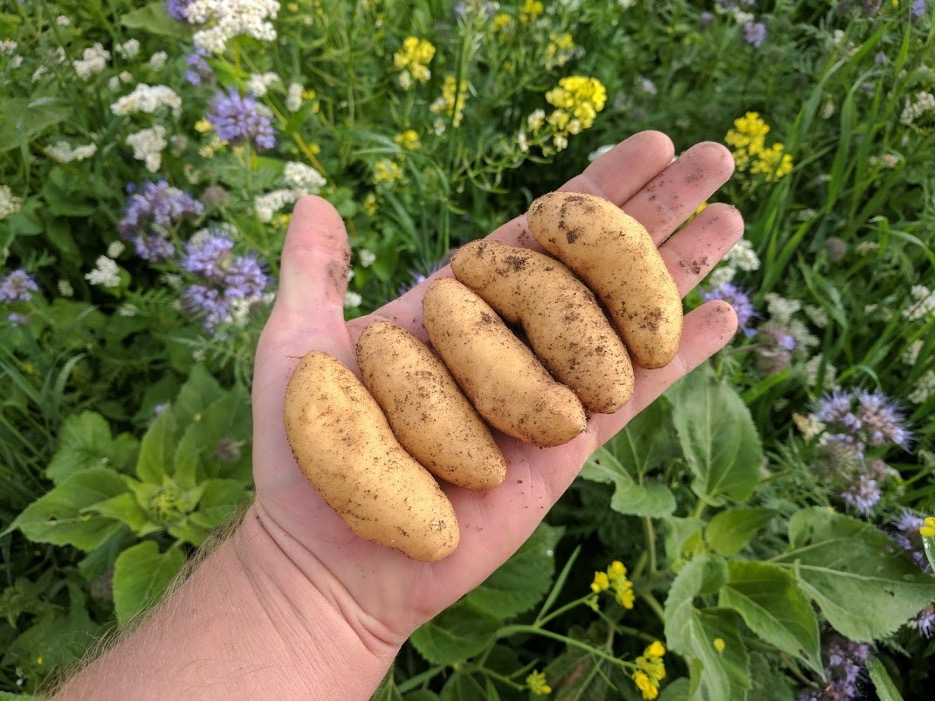
Brendon’s story is one of stepwise transformation: from monocultures to multi-species cover crops, from inputs to ecosystem services, and from pests to natural predators. It's also a real-world example of how soil health practices can be implemented creatively, even in a system as input-intensive as potato production.
From Monoculture to Multi-Species Synergy
The journey began with cover crops. Early on, Rockey Farms transitioned from single-species covers to complex mixes. “We went from a monoculture cover crop and brought in a lot of diversity there,” Brendon explains. “The very first potato crop I grew after that diverse cover crop was probably the biggest leap forward we ever took in one season.”
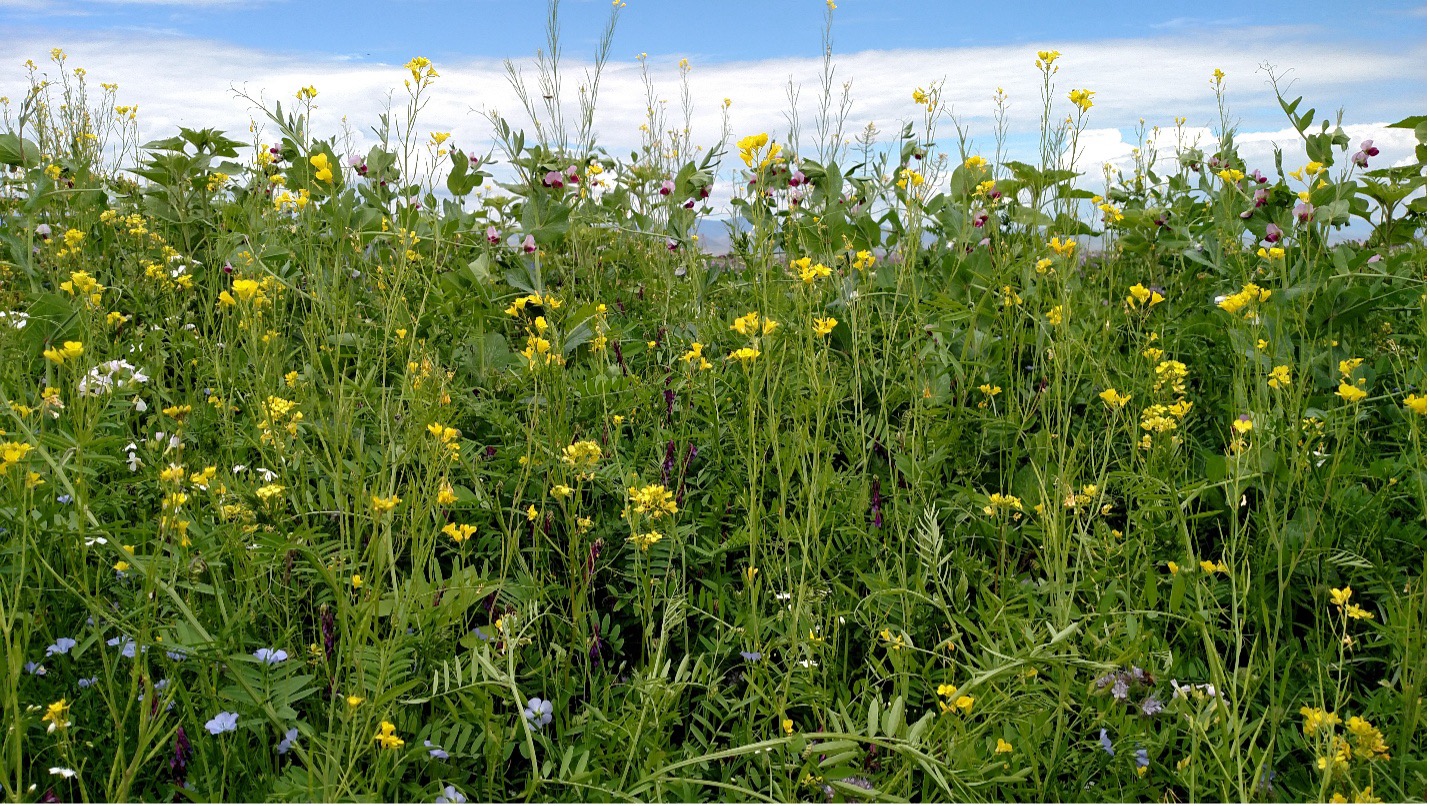
That leap was measurable. Not only did the crop quality improve dramatically, but inputs like fertilizers and pest controls began to drop off. What started as a change in the off-season quickly turned into a shift in how Brendon thought about every phase of the crop cycle.
He soon realized that diversity couldn’t be limited to off-season covers. It had to be part of the cash crop itself. So he began interseeding companion crops like field peas into his potatoes, bringing nitrogen-fixing legumes directly into the rotation rather than relying on seasonal break crops.
Companion Cropping in Potatoes? Yes, It Works.
If adding cover crops was the first step, companion cropping was the innovation that took things to the next level. Field peas led the way, followed by chickling vetch, desi chickpeas, and even flowering plants like buckwheat and fava beans.

Why flowering plants? Because they attract and support beneficial insects, which Brendon uses as a natural pest control strategy. Aphids, a major threat to seed potato producers, are now largely controlled through an ecosystem approach rather than chemicals.
“The biggest challenge,” Brendon says, “was just figuring out how to integrate the two crops together.” But once that hurdle was cleared, he asked the obvious next question: “What else can I bring in?”
He didn’t stop with plants. The next layer of diversity came from livestock.
Livestock Without the Overhead
Brendon doesn’t own cattle — and doesn’t want to. Instead, he works with a local rancher to graze livestock on his fields for one month out of the year. “I just need the cattle out there for one month. I don’t want to mess with the other 11 months,” he laughs.
This partnership model works because it’s mutually beneficial. The rancher gets low-cost feed, and Brendon offsets the expense of cover crop establishment while boosting soil microbial activity with manure and hoof action.
It’s a perfect example of the kind of creative problem-solving that’s possible when you look at soil health not as a checklist, but as a living system.
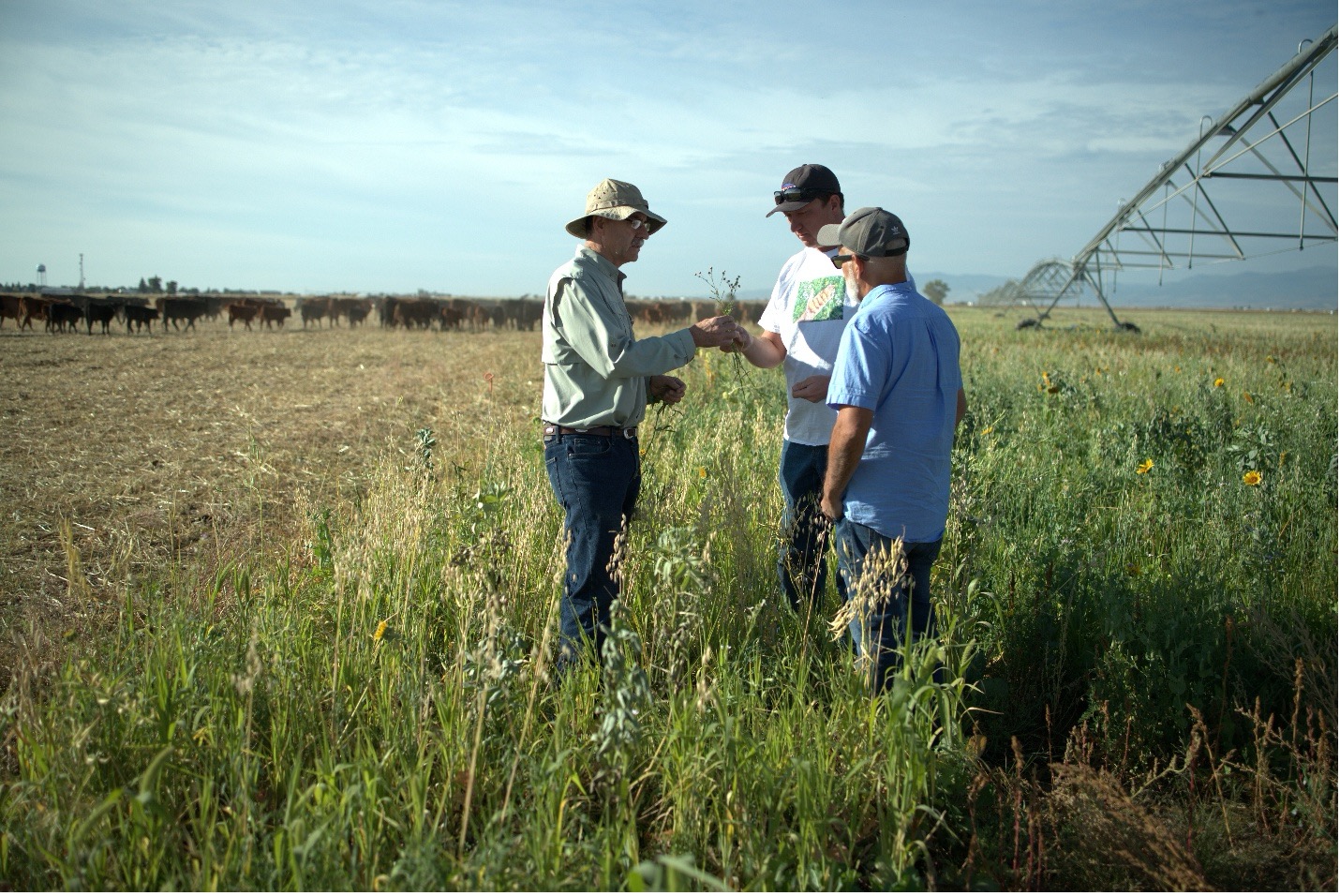
Building an Ecosystem - and a Business Model - Around Life
Over time, Brendon’s operation has evolved into a dynamic, living system - what he calls a “probiotic” farm, one designed to nurture life rather than control or eliminate it. The diversity of plant species attracts a diverse range of beneficial insects, livestock return nutrients to the soil, companion crops reduce input needs, and the whole system is self-reinforcing.
Soil organic matter has also increased. Pest pressure has dropped and fertility costs have plummeted. All of this happened while maintaining yield and improving crop quality.
And the best part? It’s replicable.
Why This Matters Everywhere
What Brendon is doing in high-altitude Colorado is relevant to farmers across the country, including those of us managing farms in the Southeast. While the species might differ and the weather patterns might shift, the principles hold true: diversity builds resilience, improves soil function, and reduces reliance on costly inputs.
Key Takeaways
• Start small. A single diverse cover crop led to the biggest leap forward in Rockey’s soil health journey.
• Interseed smartly. Legumes like field peas and chickpeas can boost nitrogen without disrupting crop production.
• Partner creatively. You don’t need to own livestock to integrate them. Strategic partnerships can accomplish the same goals.
• Think ecologically. Pest management through beneficial insects starts with habitat, not chemicals.
Watch the Full Story
Brendon Rockey’s experience is just the beginning. In the coming weeks, we’ll bring you more voices from across the Western U.S. who are pushing the boundaries of what’s possible with regenerative agriculture, from orchards to vineyards to grain systems.
Watch Brendon Rockey’s full video on progressive diversification here, and subscribe to see more farmer-led strategies for building resilient systems.

